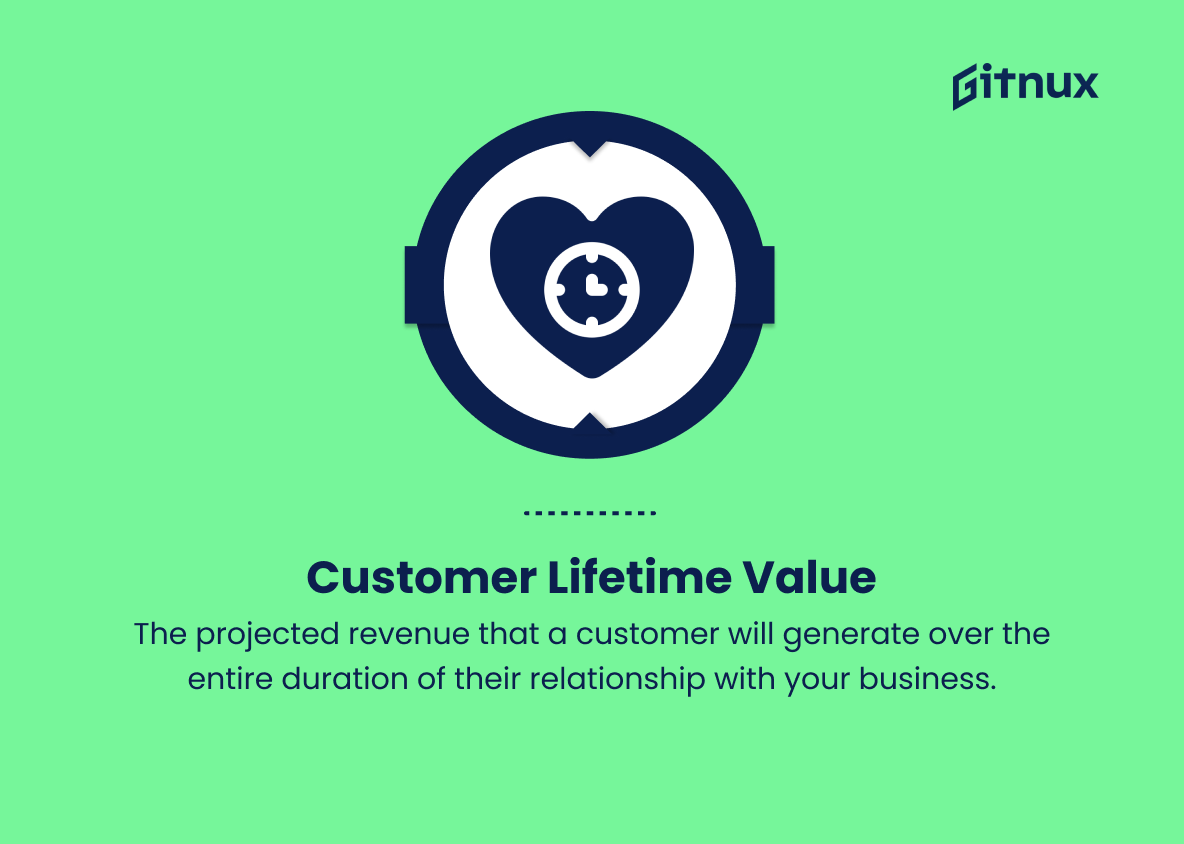In today’s fiercely competitive business landscape, achieving success in B2B marketing requires a strategic approach and a laser-sharp focus on key performance indicators (KPIs). With countless marketing channels and tactics at our disposal, it becomes paramount to measure and evaluate the efficacy of our efforts.
This blog post will delve into the most critical B2B Marketing KPIs that every marketer should track and analyze to optimize their campaigns and drive tangible results. By understanding these essential metrics, you’ll be better equipped to make data-driven decisions, allocate resources effectively, and maximize the return on your marketing investment. So, let’s explore the world of B2B Marketing KPIs, and unlock the true potential of your marketing strategies.
B2B Marketing KPIs You Should Know
1. Lead generation
The number of potential customers who have shown interest in your product or service by providing their contact information.
2. Lead conversion rate
The percentage of leads who turn into paying customers or who take a desired action, such as signing up for a demo.
Customer lifetime value is the projected revenue that a customer will generate over the entire duration of their relationship with your business.3. Cost per lead
The amount of money spent to acquire a single lead, calculated by dividing total marketing expenses by the number of leads generated.
4. Customer acquisition cost (CAC)
The total cost of acquiring a new customer, including marketing and sales expenses.
5. Customer lifetime value (CLV)
The projected revenue that a customer will generate over the entire duration of their relationship with your business.
6. Churn rate
The percentage of customers who discontinue their relationship with your business over a given time period.
7. Net promoter score (NPS)
A measure of customer satisfaction and loyalty, calculated by asking customers how likely they are to recommend your business to others on a scale of 0-10. Scores above 0 indicate positive customer satisfaction.
8. Return on marketing investment (ROMI)
The financial return generated from marketing efforts, calculated by dividing net revenue by total marketing expenses.
9. Website traffic
The number of unique visitors to your website over a specific time period.
10. Bounce rate
The percentage of website visitors who leave after viewing only one page, indicating a lack of engagement or interest.
11. Time on site
The average amount of time a visitor spends on your website during a single session.
12. Click-through rate (CTR)
The percentage of users who click on a given marketing message, such as an email or an advertisement.
13. Conversion rate
The percentage of website visitors who take a desired action, such as filling out a form, making a purchase, or signing up for a newsletter.
14. Social media engagement
The number of interactions, such as likes, comments, and shares, that your social media content receives.
15. Email open rate
The percentage of recipients who open your marketing emails.
16. Email click-through rate
The percentage of email recipients who click on a link within your email, indicating engagement with your content.
17. Sales pipeline
A representation of current sales prospects and their progress through the sales funnel, from lead generation to closing a deal.
18. Win rate
The percentage of qualified leads or sales opportunities that turn into closed sales.
The average dollar amount of deals closed by your sales team, used to project revenue and evaluate sales performance.19. Average deal size
The average dollar amount of deals closed by your sales team, used to project revenue and evaluate sales performance.
20. Sales cycle length
The average time it takes for a lead to progress through the sales process from initial contact to closing a deal.
B2B Marketing KPIs Explained
B2B marketing KPIs are crucial metrics that help businesses evaluate and optimize their marketing and sales strategies. Lead generation is important because it identifies potential customers who have expressed interest in the products and services, providing valuable prospects for the sales funnel. The lead conversion rate reflects the effectiveness of converting those leads into customers or taking desired actions. Cost per lead and customer acquisition cost (CAC) assess the efficiency of marketing campaigns and indicate the return on investment.
Customer lifetime value (CLV) estimates the total revenue from a customer during their relationship, while churn rate reveals customer retention and loyalty. Net promoter score (NPS) indicates customer satisfaction and the likelihood of word-of-mouth marketing. Return on marketing investment (ROMI) determines the financial success of marketing efforts. Website traffic, bounce rate, time on site, click-through rate (CTR), and conversion rate are essential for understanding user engagement and identifying areas for optimization.
Social media engagement, email open rate, and email click-through rate evaluate the effectiveness and relevance of content shared with the audience. Finally, sales pipeline, win rate, average deal size, and sales cycle length provide insights into sales performance and business growth projections. These KPIs are vital for measuring success, making informed decisions, and improving overall B2B marketing and sales efforts.
Conclusion
In today’s competitive business landscape, it is more important than ever for B2B marketers to measure the effectiveness of their strategies and tactics. By monitoring a comprehensive set of key performance indicators (KPIs), businesses can gain powerful insights into their marketing efforts, enabling them to adapt and improve their campaigns to deliver greater value to their customers and achieve stronger results.
The most successful B2B marketers will be those who consistently use these KPIs to inform their decision-making and fuel continuous growth and improvement in their marketing activities. Utilize these essential metrics to stay one step ahead of the competition and ensure your B2B marketing initiatives drive meaningful outcomes for your organization.















